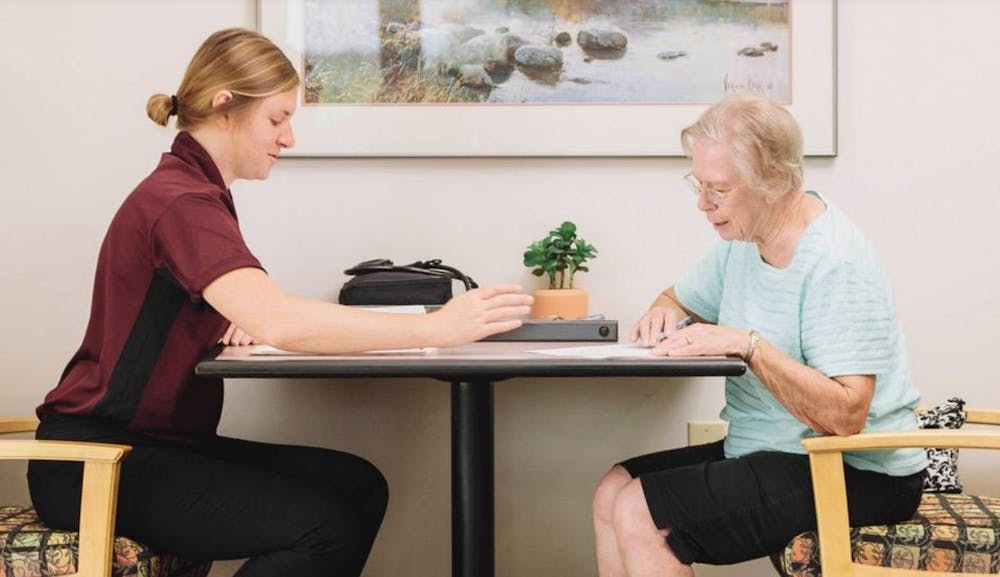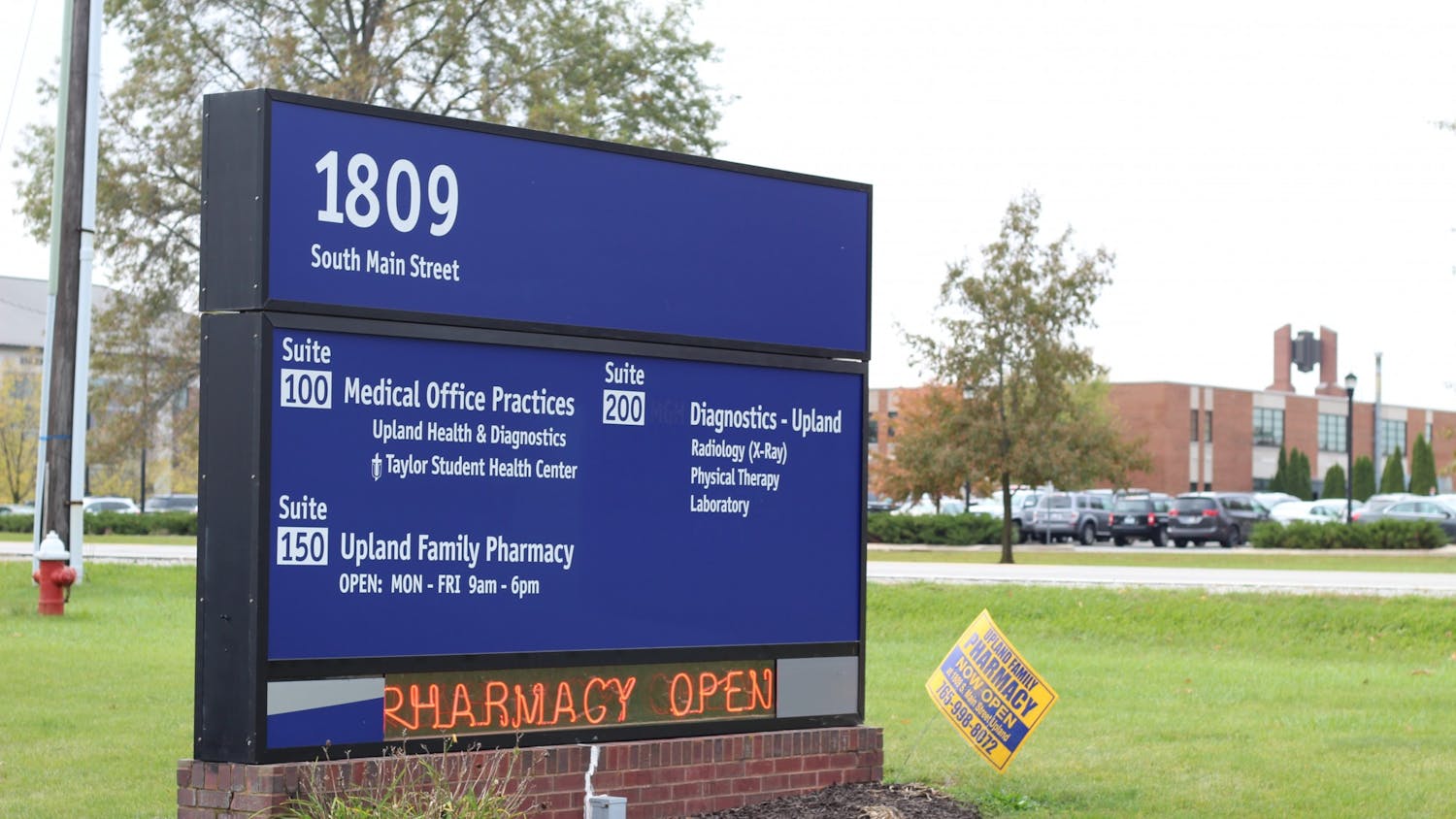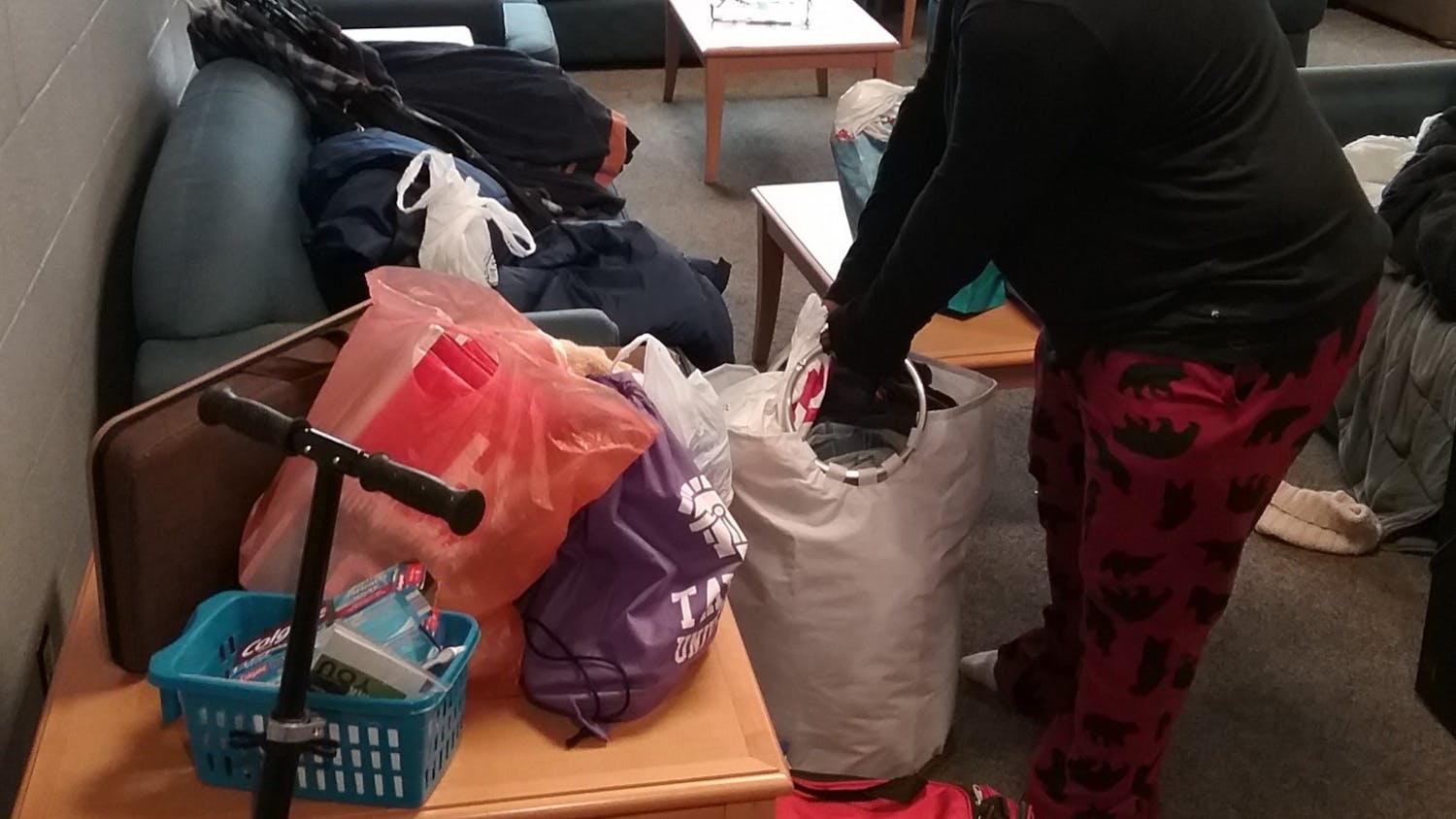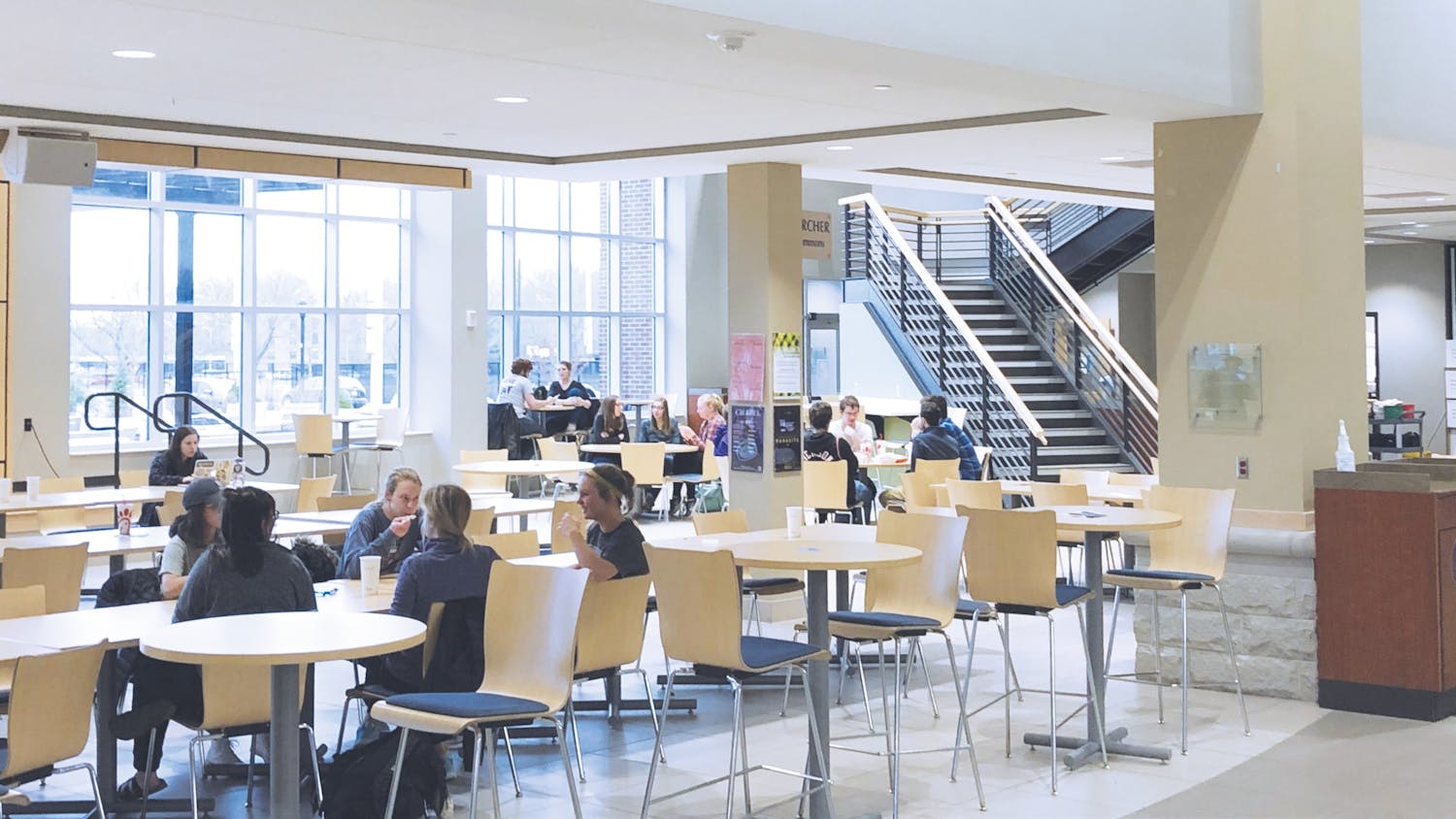It’s not often that Erik Hayes, professor of kinesiology, expects to receive a $1 million check. But, two weeks ago that was the case as a $1 millon boost from the Lilly Endowment Inc. will help expand Taylor’s long term health care program.
“The Endowment said grants went to each of the 38 accredited public and private colleges and universities in Indiana and range from $1 million to $5 million based on the size of student enrollment at each school, and will fund a wide array of programs,” Jim Garringer, director of media relations, said in a press release.
Every school is using the money differently, from developing cybersecurity to creating a better freshman experience. The ideas vary widely, but they all have to fulfill three main criteria.
“The Lilly Grant was intended to do three things. It was intended to help prepare your students for rewarding work and meaningful and engaged lives,” Hayes said. “It needed to potentially help the financial stability of the institutions and it was intended to help students fulfill their mission in unique and innovative ways.”
Taylor finally selected to apply the funding to their Innovation Health and Wellness program, a program which fits all the criteria well.
Taylor is looking at using this money as wisely as possible. With the expansion possible from this grant, Taylor will be well equipped to be one of the premier undergraduate schools for a pre-med, pre-allied health education
The program is essentially a preventative chronic illness health clinic, overseen by physicians, but with Taylor students actually advising the patients.
The clinic started in the summer of 2018, and since then they have had over 100 patients. The goal of it is to promote the overall long term health of Taylor and the surrounding community.
“We will continue to develop our invitation program to be a preventative program to work on preventive therapies in population health and teach students those techniques in a rural health community,” said Diane Dungan, associate professor of psychology and co-creator of the program. “We will also be working to help students learn to manage stress that accompanies their future educational pursuits.”
Although they may seem like small issues, being overweight and stressed can be factors in long term health decline. By fighting problems like these, the clinic is working to combat diabetes and many other chronic illnesses.
While fighting chronic illness is the goal of the program, it is not targeting COVID-19, and neither is the grant.
“All of the things that put one at risk for COVID put you at risk for other chronic illnesses,” Dungan said. “So, if we have a healthier population, potentially we could be in better shape to fight off illness and not be as susceptible to these types of viruses”.
Although the grant is not aimed at preventing COVID-19 cases, it will do a good deal to help fight some of the negative effects of COVID-19.
Last year, at the start of COVID-19 when students went home, the clinic did not have any form of telehealth, so they could not do anything during the shutdown. Part of this grant’s function is to get the program a telehealth component, allowing the community greater access to health care, and giving the students an opportunity to engage with an increasingly relevant tool.
The $1 million that Taylor received is only the first step, though. Every accredited school in Indiana was offered an initial $1-5 million depending on their size. After that schools could apply for a larger grant, up to $10 million. Taylor’s concept paper for this was strong enough that they were selected to give a larger description of their plan to vie for money. With 15 schools selected, only $40 million is available.
With the money, they plan on expanding the clinic to Blackford County and Grant County.
“These two communities have what’s called the second and third highest health care provider shortage area in the state,” Hayes said. “Our community members are what are considered medically underserved populations.”
While that grant will take a while to go through the process, changes from the $1 million will begin in January. The first impact that most students will see should be Fall of 2021 with a few new classes starting up related to health.





